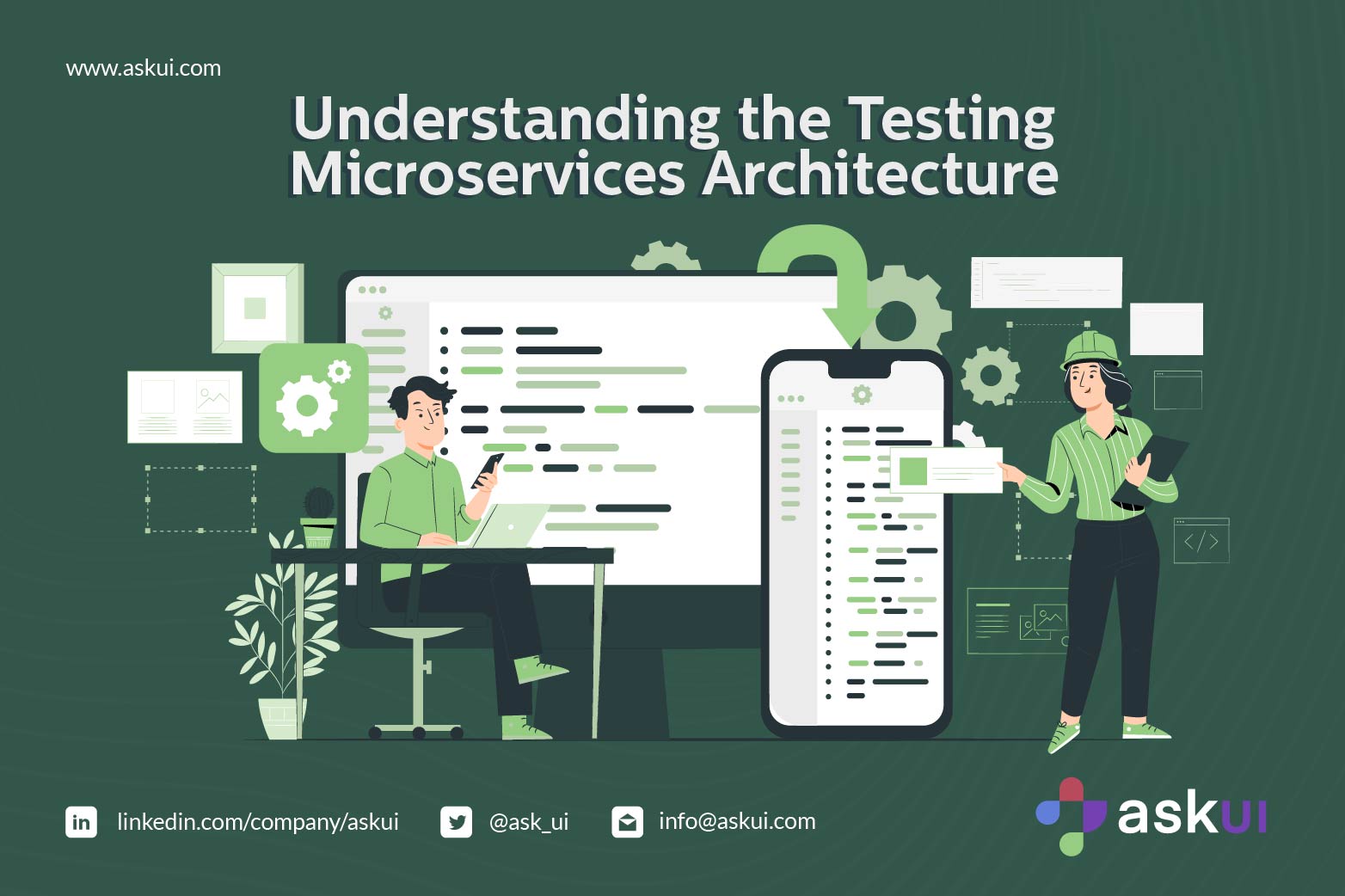TLDR
Testing microservice architectures demands a multi-faceted strategy, incorporating unit, contract, integration, component, and end-to-end (E2E) tests. Each test type validates distinct aspects, from individual service functionality to the fulfillment of overall business objectives, ensuring a robust and reliable system.
Introduction
Testing a microservice architecture presents unique challenges that demand specific strategies. Due to the distributed nature of these systems, ensuring their reliability and functionality requires a comprehensive approach. This blog post outlines effective testing methods for microservice-based applications, covering various levels of testing to guarantee a robust and dependable system.
Laying the Groundwork: Unit Tests
Unit tests are fundamental for verifying the functionality of individual microservices in isolation. This involves testing individual functions, classes, or modules within a microservice to ensure they behave as expected. [STAT: Studies show that a high percentage of unit test coverage correlates with fewer bugs in production.] By isolating and testing each unit, developers can quickly identify and fix issues early in the development cycle, minimizing the risk of defects propagating to higher levels of the system.
Ensuring Compatibility: Contract Tests
Contract testing is essential for ensuring compatibility between microservices that communicate with each other. This approach focuses on validating the interactions between services, ensuring that they adhere to agreed-upon contracts.
Producer-Driven Agreements
In this approach, the microservice acting as the "producer" provides tests that mimic the API requests that potential "consumer" services might make. This allows the producer to verify that its API meets the expectations of its consumers. [STAT: Companies using contract testing have reported a significant reduction in integration errors after deployment.] Producer-driven contract tests help to prevent breaking changes and ensure smooth communication between services.
Verifying Interactions: Integration Tests
Integration tests focus on the interactions between two or more microservices. Unlike unit tests that verify individual components, integration tests examine the communication pathways, data exchange, and dependencies between services. The primary goal is to confirm that services can successfully interact with each other, third-party services, and databases at an interface level. [STAT: Implementing thorough integration tests can decrease system downtime by X% by catching communication breakdowns early.] These tests ensure that the different parts of the system work together as expected, laying the foundation for a stable and reliable application.
Validating Business Functions: Component Tests
Component tests, unlike integration tests, emphasize the behavior of two or more services working together to deliver a specific business function. These tests serve as a form of acceptance testing, ensuring that the combined services meet the required business outcomes. Component tests validate that the system, as a whole, is delivering the expected value.
Simulating User Journeys: End-to-End (E2E) Tests
After validating individual services and components, E2E tests verify that the entire application fulfills its intended business objectives. These tests simulate real-world user scenarios to ensure that all parts of the system work together seamlessly to achieve the desired outcomes. E2E tests are critical for validating the overall system behavior and ensuring that the application meets the needs of its users. [STAT: Applications with robust E2E testing strategies experience X% fewer critical user-facing bugs in production environments.]
Conclusion
Effective testing of microservice architectures requires a comprehensive strategy that encompasses unit tests, contract tests, integration tests, component tests, and E2E tests. Each type of test plays a critical role in ensuring the reliability, compatibility, and functionality of the overall system. By implementing this multi-layered approach, developers can confidently deploy and maintain microservice-based applications that meet business objectives and deliver a seamless user experience.
FAQ
Why are multiple types of tests necessary for microservices?
Microservice architectures are inherently distributed and complex. Each type of test (unit, contract, integration, component, E2E) targets a different aspect of the system, from individual service functionality to inter-service communication and overall business objective fulfillment. This multi-layered approach ensures comprehensive coverage and minimizes the risk of overlooking critical issues.
How do contract tests differ from integration tests?
Contract tests focus on verifying the agreement between a service producer and its consumers, ensuring that the producer's API meets the expectations of the consumer. Integration tests, on the other hand, focus on verifying the interactions between two or more services, ensuring that they can communicate and exchange data successfully. Contract tests are about validating the contract, while integration tests are about validating the actual interaction.
What is the role of component tests in a microservice architecture?
Component tests validate that a group of services working together deliver a specific business function correctly. Unlike integration tests, which focus on the interfaces between services, component tests focus on the overall behavior of the component and its ability to meet business requirements.
Are end-to-end tests sufficient to ensure the quality of a microservice application?
While E2E tests are crucial for validating the overall system behavior, they are not sufficient on their own. E2E tests can be slow and difficult to debug. A comprehensive testing strategy that includes unit, contract, integration, and component tests provides faster feedback and allows developers to identify and fix issues earlier in the development cycle, making E2E tests more effective.
